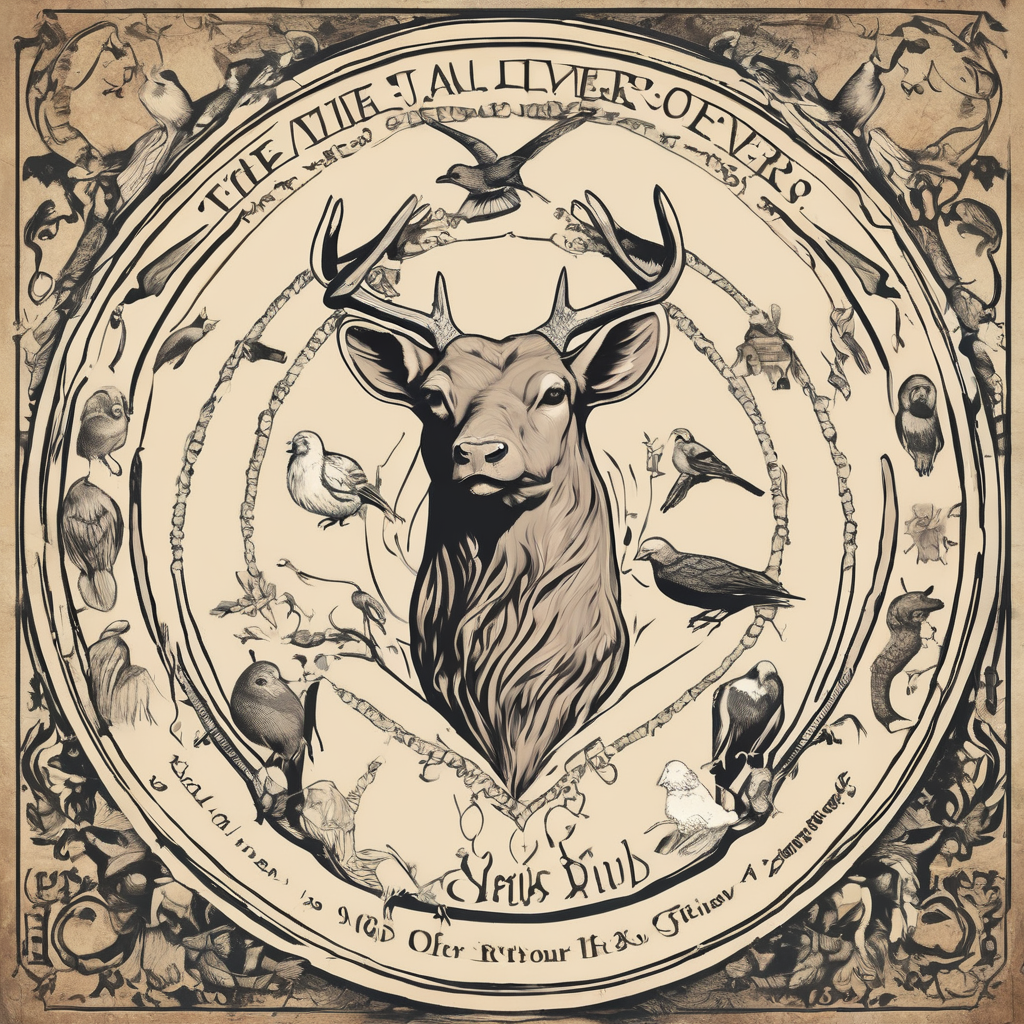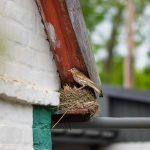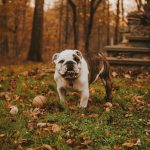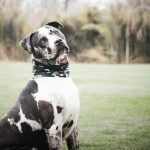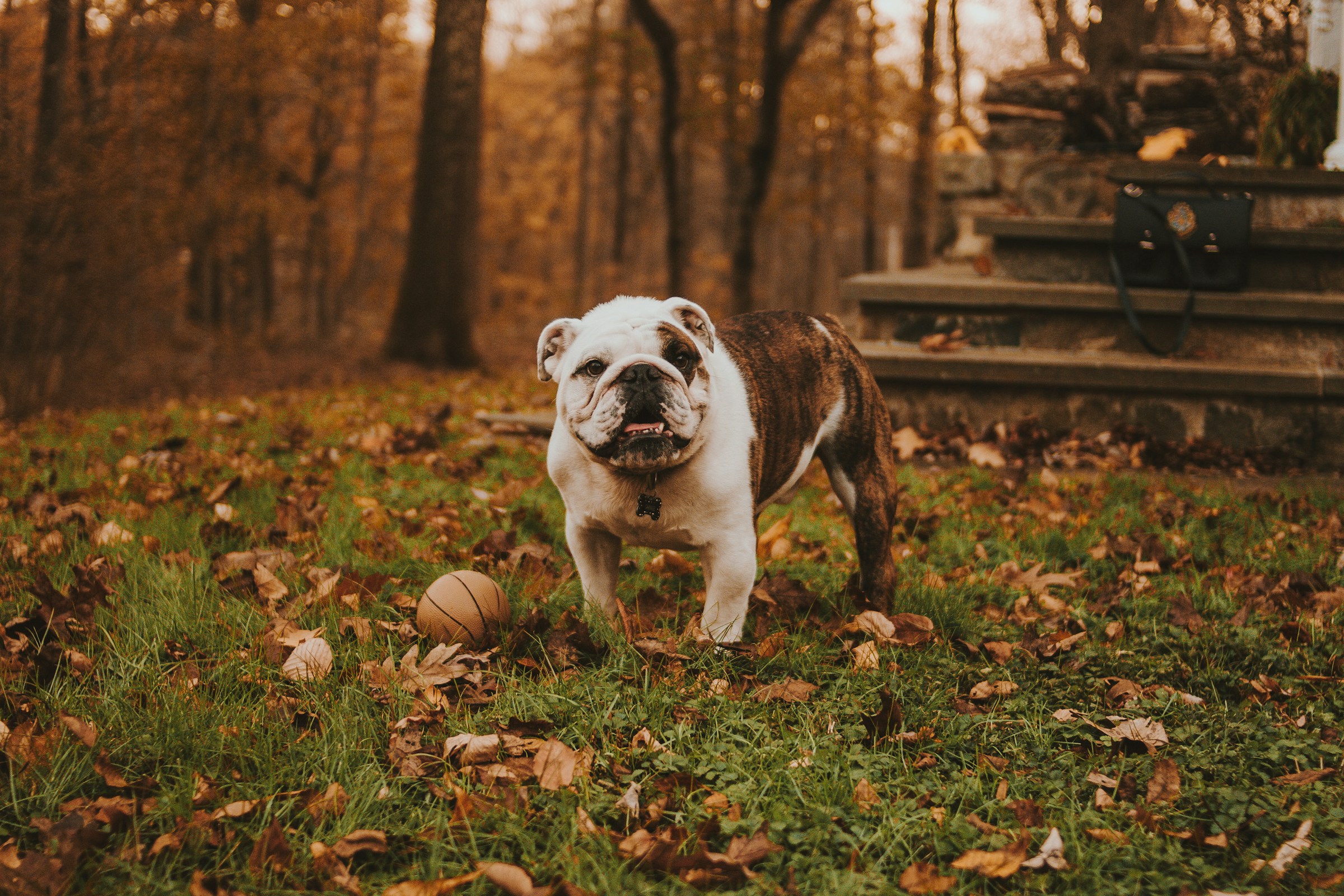The picture of an aggressive dog is unsettling. Notably, when that dog is an American Bulldog, a breed known for its strength, it is more concerning. However, having an aggressive pet doesn’t mean all hope is lost. You, as the owner, can help your pet overcome the fear-based aggression. Through training, understanding, and patience, you can alter your pet’s behavior and foster a healthier relationship. We will discuss how a pet owner can help their American Bulldog get over fear-based aggression, the role of training in controlling aggression, and the significance of the owner’s response in these situations.
Understanding Fear-Based Aggression in Dogs
Fear-based aggression in dogs is a behavioral issue. It’s a defensive reaction stemming from the dog’s anxiety or panic, leading to an aggressive display like barking, growling, and sometimes even biting. It’s essential to understand that when a dog shows aggression, it’s often because they are scared and feel the need to protect themselves.
A découvrir également : How can you modify the play behavior of a rough-playing American Staffordshire Terrier?
Understanding your pet’s fear and the triggers that lead to an aggressive response is the first step in helping them overcome the behavior. A dog could be afraid of people, specific situations, or even objects. Some dogs may exhibit fear in response to particular sounds or places. Identification of these triggers can provide a valuable starting point for your training efforts.
The Role of Training in Controlling Aggression
Training plays a crucial role in controlling a dog’s aggressive behavior. It helps condition your pet to react differently to situations that currently invoke fear. A well-structured training program can aid in making your dog more confident, less anxious, and more obedient.
A lire aussi : What’s the best strategy for introducing a rescued Basset Hound to other household pets?
When it comes to training an American Bulldog, it’s all about positive reinforcement. Focusing on your dog’s positive behavior and rewarding them accordingly can help reduce fear-based aggression. For instance, if your Bulldog seems uncomfortable but doesn’t react aggressively when meeting new people, reward them with a treat or verbal praise.
Training can also involve desensitizing your dog to the triggers that cause fear. For example, if your dog is scared of being on a leash, start by introducing the leash in a non-threatening environment. Gradually increase the time your dog spends on the leash, making sure to reward them each time they remain calm.
The Significance of the Owner’s Response in Fear-Based Aggression
As a dog owner, your response to your pet’s fear-based aggression can significantly impact the situation. Dogs, especially breeds like the American Bulldog, are highly receptive to their owner’s emotions. If you respond to your dog’s fear with panic or frustration, it can heighten their anxiety, leading to more aggressive behavior.
Practicing calmness in these situations is key. If your dog acts out, avoid yelling or punishing them. Instead, remove them from the situation if possible, and give them enough time to calm down.
Furthermore, it’s crucial that you set boundaries for your dog. This includes training them to understand basic commands like “sit,” “stay,” and “no.” Having control over your pet in different situations can help reduce the likelihood of an aggressive response.
Seeking External Help for Severe Cases of Aggression
In some cases, despite your best efforts, your dog’s aggression may not improve or could even worsen. If your American Bulldog continues to display severe fear-based aggression, it’s advisable to seek help from a professional dog trainer or a behavioral therapist.
Professional dog trainers and behavioral therapists are well-versed in dealing with dogs suffering from fear-based aggression. They can provide a comprehensive training plan tailored to your dog’s specific fears and help you better understand your pet’s behavior.
Remember, the process of overcoming fear-based aggression can be a long one. It requires patience, understanding, and consistency. But, with the right approach and a lot of love, your American Bulldog can overcome this behavior and become a well-adjusted member of your family.
Fear Aggression Towards People and Animals
Fear aggression towards people and animals is a common issue for some dogs, particularly in those that have had negative experiences in the past. Your American Bulldog may show fear aggression towards family members, strangers, or other animals. This aggression can manifest in various ways, including barking, growling, snapping, or even biting.
It’s crucial to understand that when a dog displays such aggressive behavior, it’s often a reaction to fear or anxiety. They’re not acting ‘badly’ out of malice but are responding to a situation that they perceive as threatening. As the owner, you need to recognize these situations and take steps to alleviate your pet’s fear.
One effective strategy is to gently expose your dog to the person or animal that triggers their fear. Start with controlled, short interactions, keeping your dog on a leash for safety. Try using a head halter for better control. Remember to reward your dog for calm behavior, reinforcing the notion that there’s no threat.
Be mindful of your dog’s comfort level throughout this process. If they show signs of extreme fear or anxiety, stop the interaction and try again another day. The goal is to gradually desensitize your dog to the trigger and help them associate it with positive outcomes rather than fear.
Remember that behavior modification involves time and patience. If your dog’s fear aggression is deeply ingrained, it may take weeks or even months to see significant improvement.
Addressing Fear Aggression in Specific Situations
In some cases, American Bulldogs may exhibit fear aggression in specific situations or environments. For example, a dog might become aggressive when visiting the vet, during thunderstorms, or when hearing loud noises. These dogs will need to be gradually desensitized to these situations to overcome their fear.
Desensitization should start in a safe, controlled environment. If your dog is afraid of thunder, start by playing thunderstorm sounds at a low volume, rewarding your dog for remaining calm. Gradually increase the volume over time, always rewarding calm behavior.
Similarly, if your dog is aggressive during vet visits, try frequent, casual visits to the clinic without any treatments. Allow your dog to sniff around, meet the staff, and get comfortable in the environment. Reward them with treats or praise to associate the vet clinic with positive experiences.
Constant dog training can help reduce your dog’s anxiety and fear over time. However, it’s essential not to push your dog too hard or too fast. The process should be gradual, with your dog setting the pace.
Conclusion
Helping an American Bulldog overcome fear-based aggression is no small task. It requires understanding, patience, and commitment. As the owner, you play a significant role in shaping your dog’s behavior. Your actions, reactions, and the environment you create for your dog can either contribute to their aggression or help alleviate it.
Understanding your dog’s fear and identifying their triggers is the first step. From there, proper training and behavior modification can help change your dog’s aggressive responses. It’s essential always to remain calm and supportive, avoiding any harsh punishment that can exacerbate the fear.
For severe cases of aggression, don’t hesitate to seek professional help. Dog trainers and behavioral therapists can provide valuable insights and strategies tailored to your dog’s specific needs.
Remember, fear aggression doesn’t define your American Bulldog. With time, consistency, and love, your dog can overcome their fears and become a well-adjusted, happy, and confident member of your family. The journey may be challenging, but the outcome — a strong, loving bond with your pet — is undoubtedly worth it.
